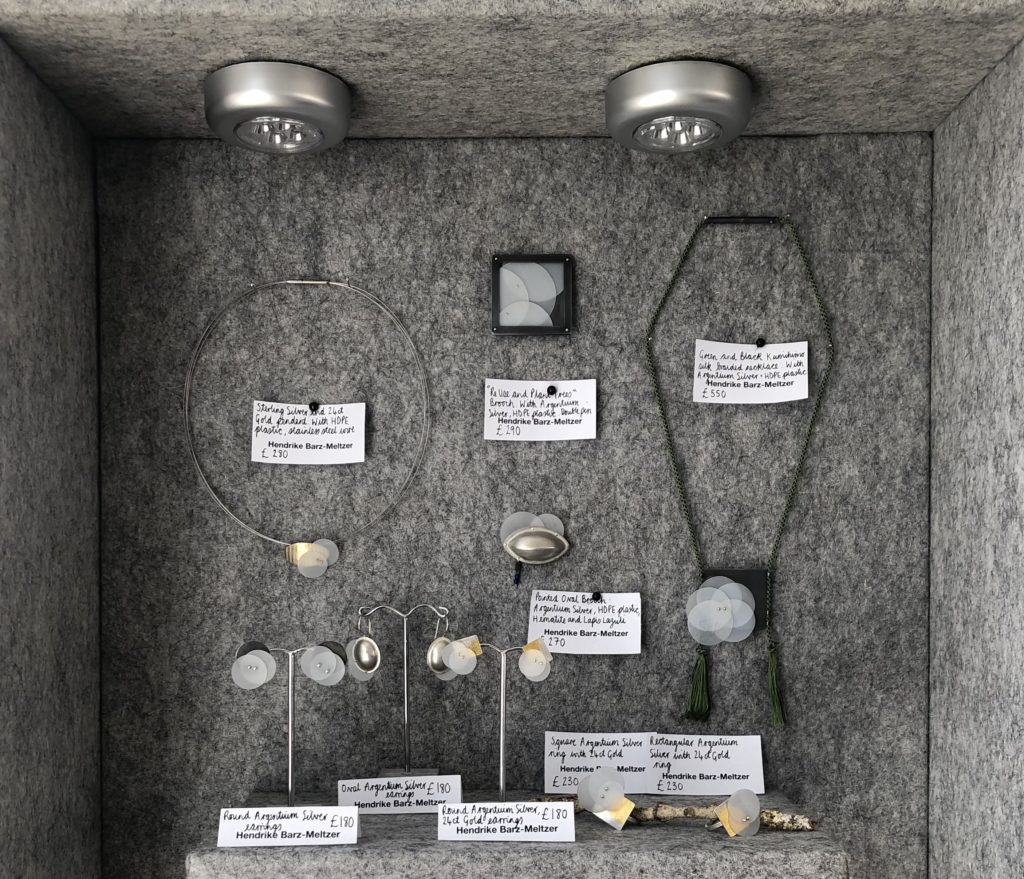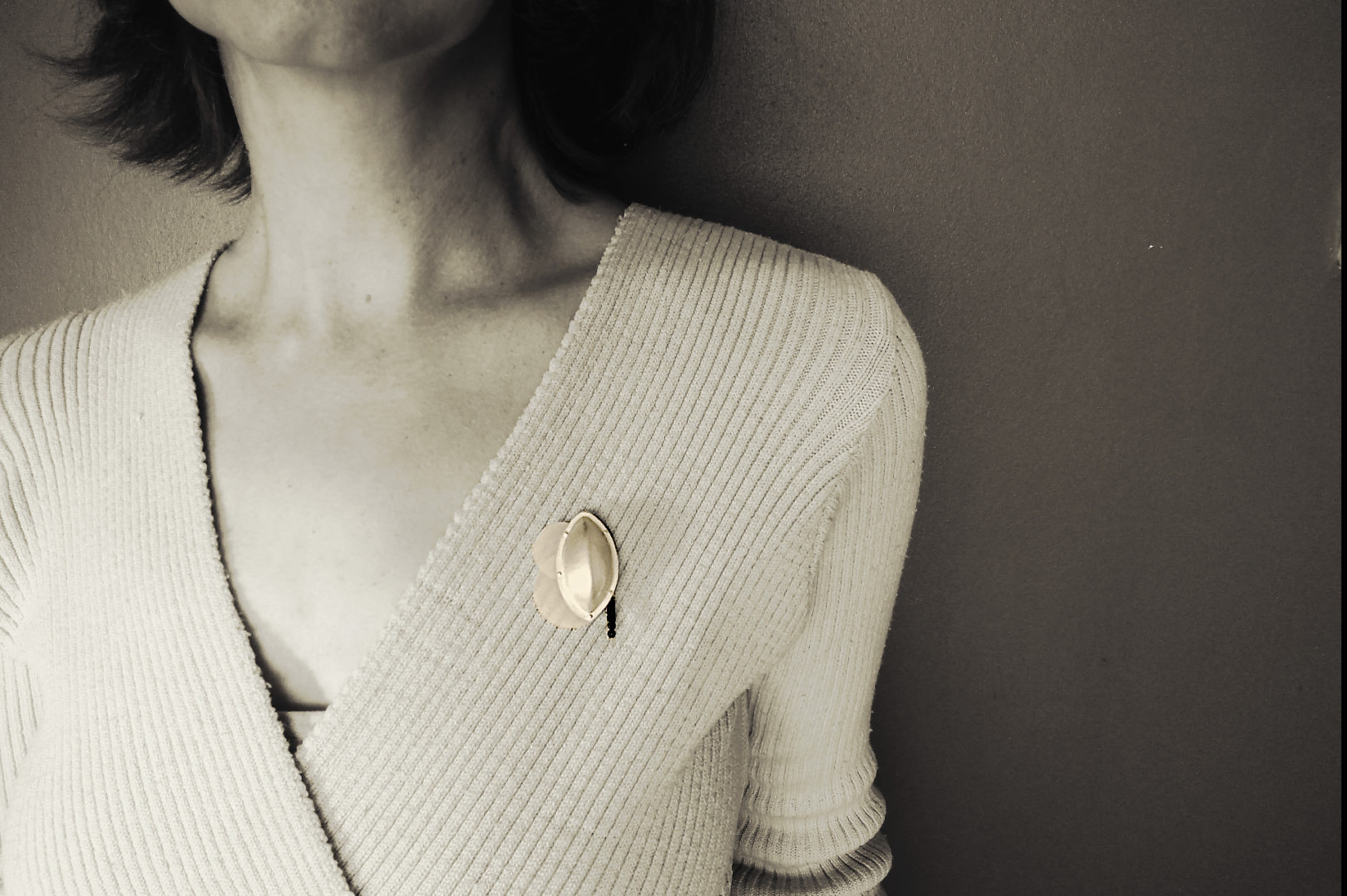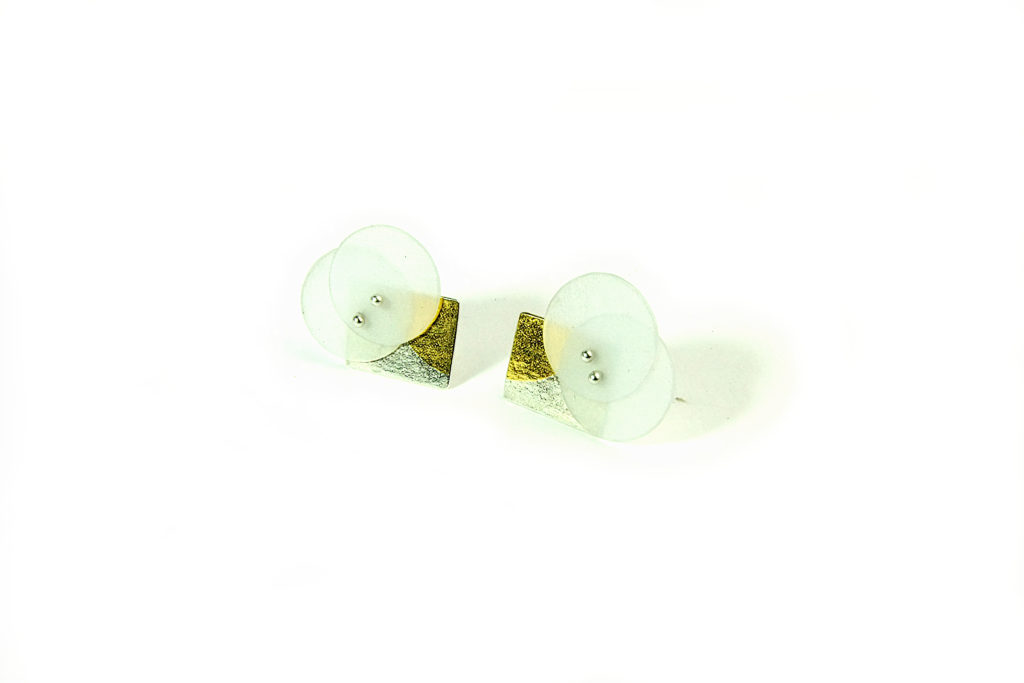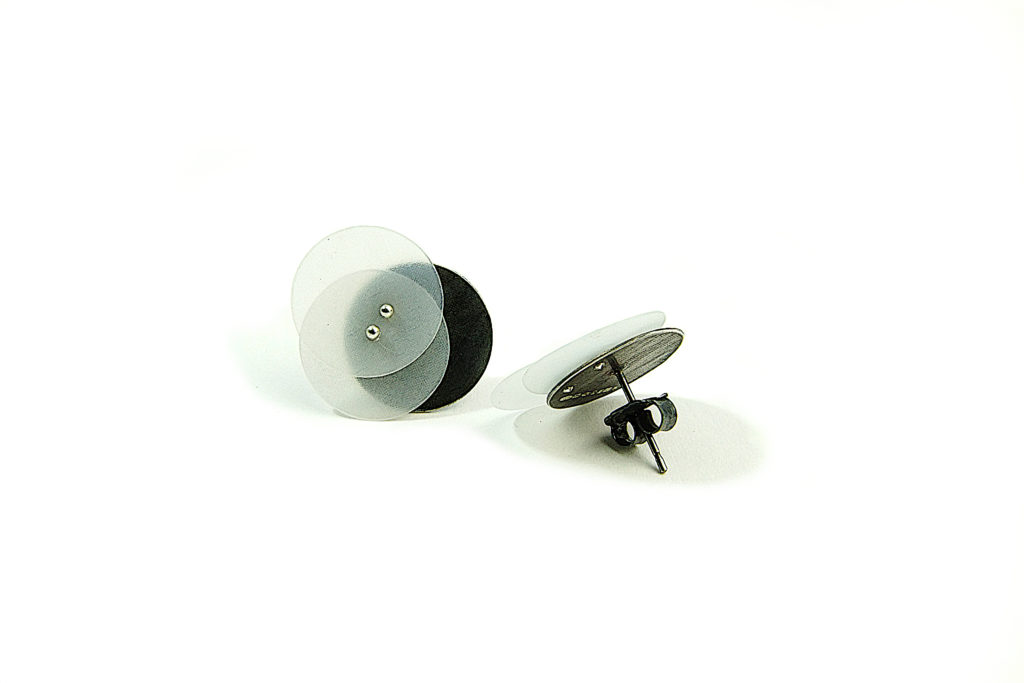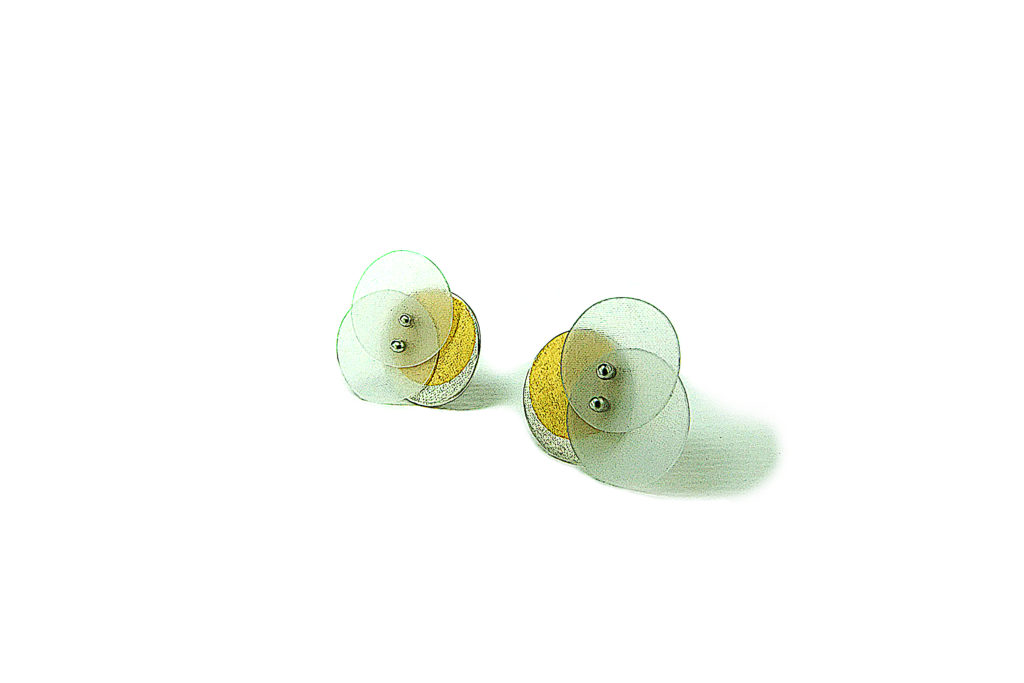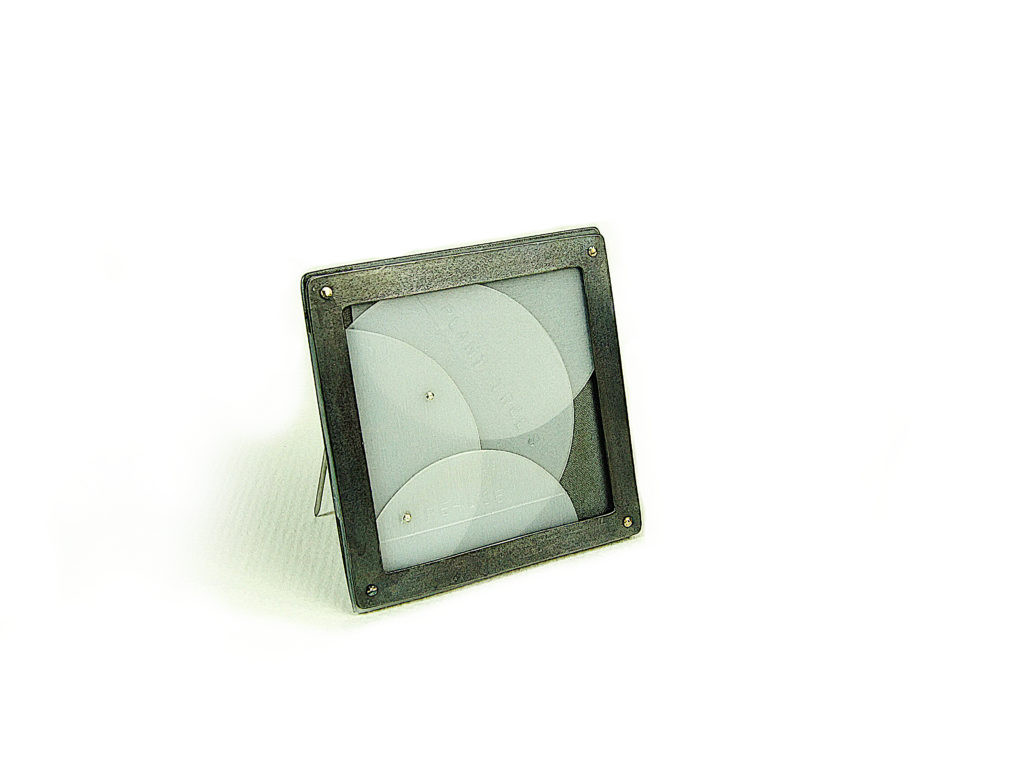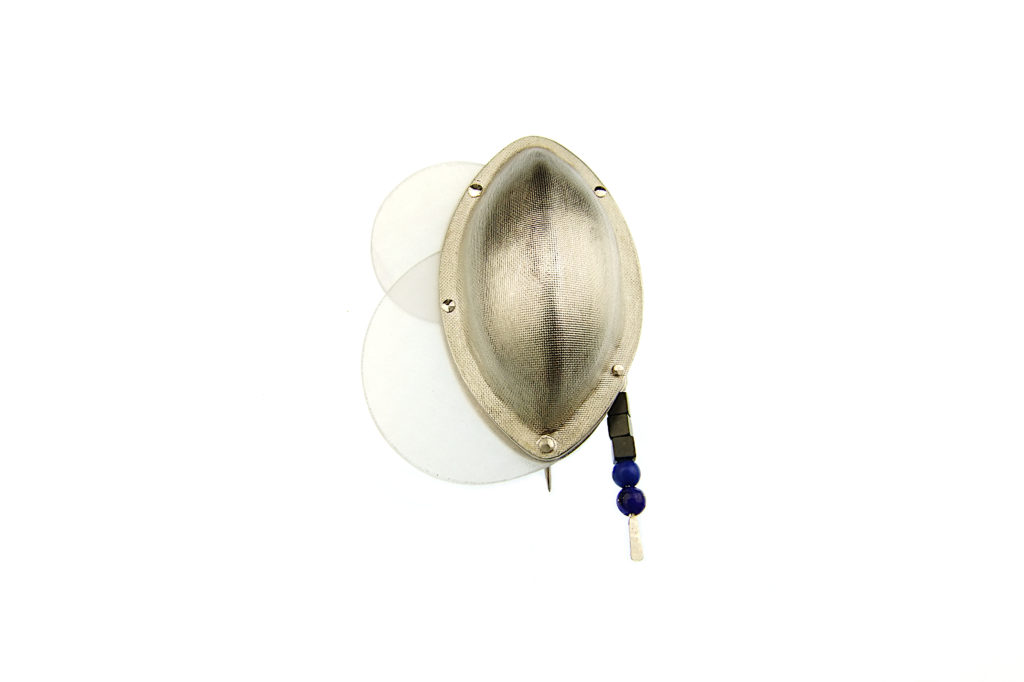By Lily Fonzo. Additional words by Hendrike Barz-Meltzer
Hendrike Barz-Meltzer’s HDPE/Hope Collection is modern, simplistic and exquisitely crafted. Arising from the artists deep concern with current global environmental crises. The collection seeks to draw attention to this concern, through the skilful juxtaposition of traditional and non traditional jewellery materials. The HDPE/Hope Collection is designed, crafted and perfected by Hendrike, from her studio in St Albans, London.
The name for the collection comes from recycled HDPE plastic, more commonly known as milk cartons. It is used across the collection to create beautifully layered translucent effects. Some of the HDPE plastic has pre-stamped logos, such as Recycle or HDPE. Hendrike read the latter as HOPE and decided to name the collection after it.
Read on for an in-depth look at Hendrike Barz-Meltzer’s HDPE/ Hope Collection, now stocked online and in store at GroundJewels. Click here to shop the full collection.
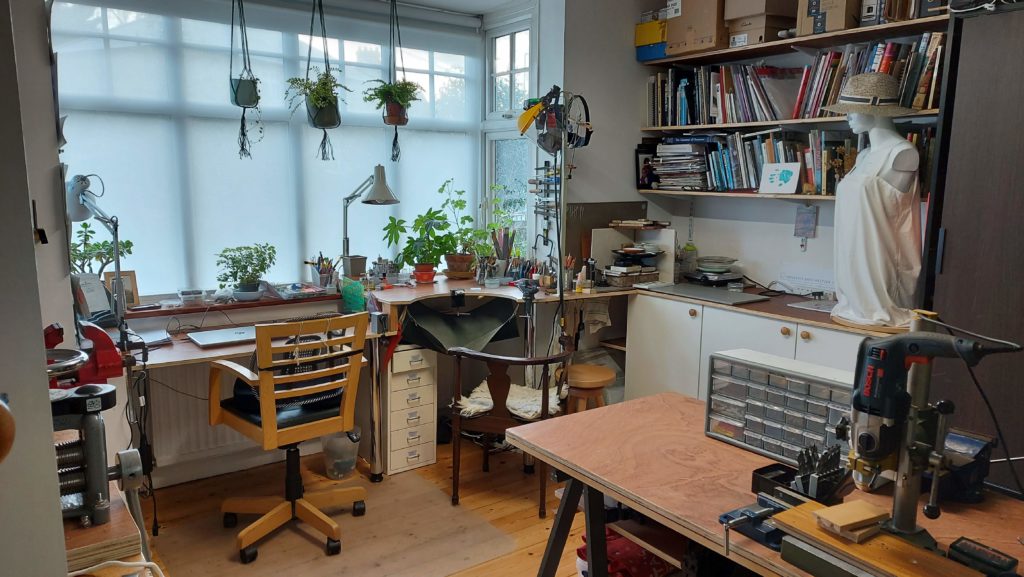
Inspiration and Thoughts Behind the Collection
The core idea explored in this collection is an investigation into the value that materials are endowed with and the consequent implications for their use. Whilst a questioning of ‘preciousness’ is certainly not a novel approach in the field of jewellery, Hendrike wanted to query why some everyday items are classified as ‘single-use’. Often discarded after just one use, they are not deemed worthy to be looked after or repaired. Even though the materials they are composed of are actually long lasting. Plastic being one of the key culprits. Plastic surrounds us, it is in most things we buy and it is very hard to avoid. It is made with precious resources, it hardly decays – yet we just throw it away…
Hendrike used her HDPE/ Hope Collection as a vehicle to question how beauty and concepts of preciousness are tied to material. The contrast in our treatment of our equally important natural resources – some highly priced, others designed for single use and to be thrown away.
Materials
Traditional and non-traditional materials have been used in combination throughout this collection. Leading to unique and eye-catching pieces. The main materials used are recycled Silver, recycled 24ct Gold foil, Argentium silver, silk and recycled HDPE plastic.
HDPE plastic:
The white plastic used in this collection comes from single-use milk bottles. Hendrike stumbled across this everyday material whilst searching for a suitable translucent material. She was immediately drawn to its appearance and the potential offered by the material. Hendrike discovered quickly that the milky translucency of the plastic worked perfectly for achieving beautiful layered effects. Respecting and treasuring all material used, no matter their perceived value is incredibly important to her.
“I treat and work with (plastics) as I would any precious metal. To achieve the finish I desire I texture, cut and sand each piece carefully as I would any other material. Ensuring to obtain beautifully perfect smooth edges. In some of the pieces I used the pre-stamped logos of the milk bottle, such as Recycle or HDPE – which can also read like HOPE – whilst in others I added lettering or messages, such as Plant Trees”
Hendrike Barz-Meltzer
Silver:
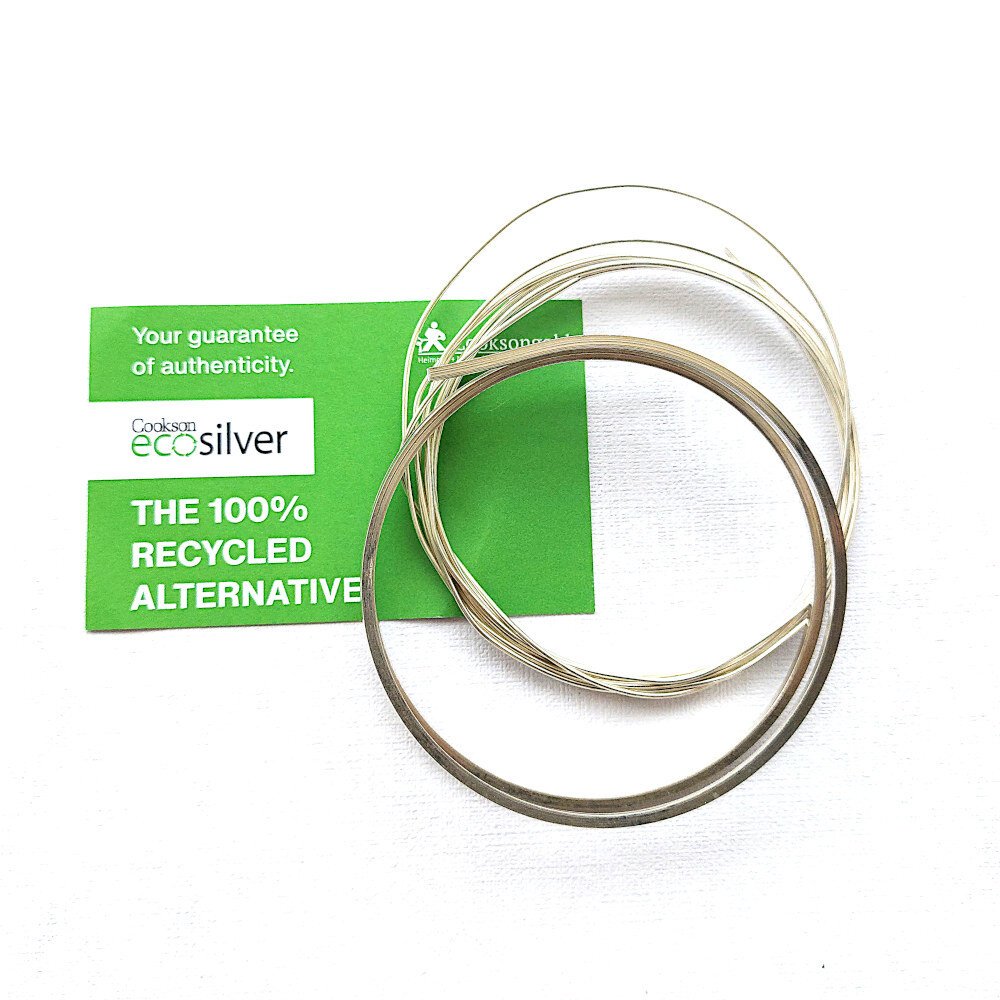
Most pieces in the collection are made using Argentium® Silver. This is a silver alloy that contains the element Germanium. Argentium has various advantages over traditional sterling silver, such as a brighter and whiter colour, high tarnish resistance, fire scale resistance and hardness. In recent years, as Hendrike’s understanding of environmental aspects of material production grew, she began to interrogate the sourcing of the material. In August 2021, the Legor Group became the sole producer of Argentium® Silver, stating that all the silver used in their production comes from recycled sources. She is currently in the process of verifying this and in the meantime uses only recycled Sterling Silver.
Gold:
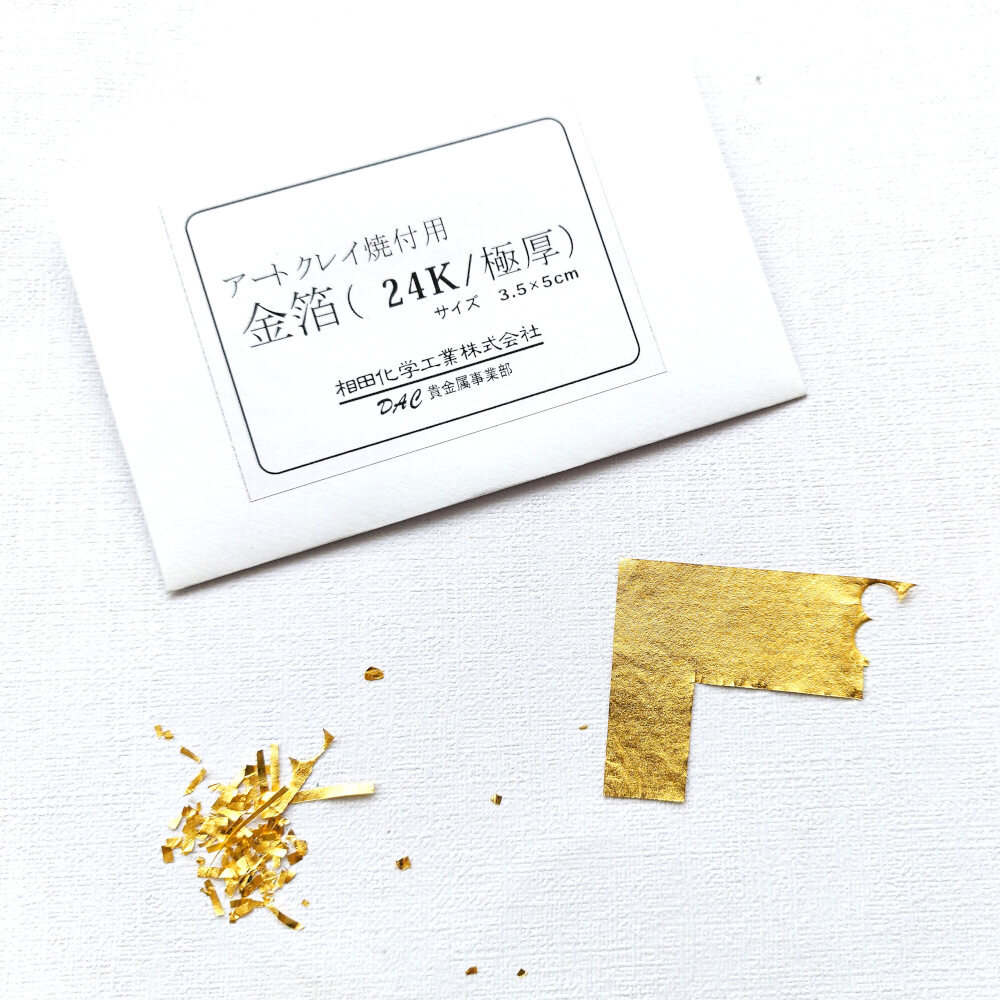
24ct gold foil is used across the collection in the Keum-Boo process. It is 13 microns thick (0.013mm) and is sourced from 100% recycled gold. This comes from Aida Chemical Industries Co. Ltd, which is recognised as a Conflict-free Smelter. Conforming to international guidelines set by CFSI (Conflict Free Sourcing Initiative). They extract the gold from scraps of industrial use (electric parts, plating), jewellery and dentistry. It is not sourced from conflict mines.
Special Techniques or Processes Used Within the Collection
Keum-Boo:
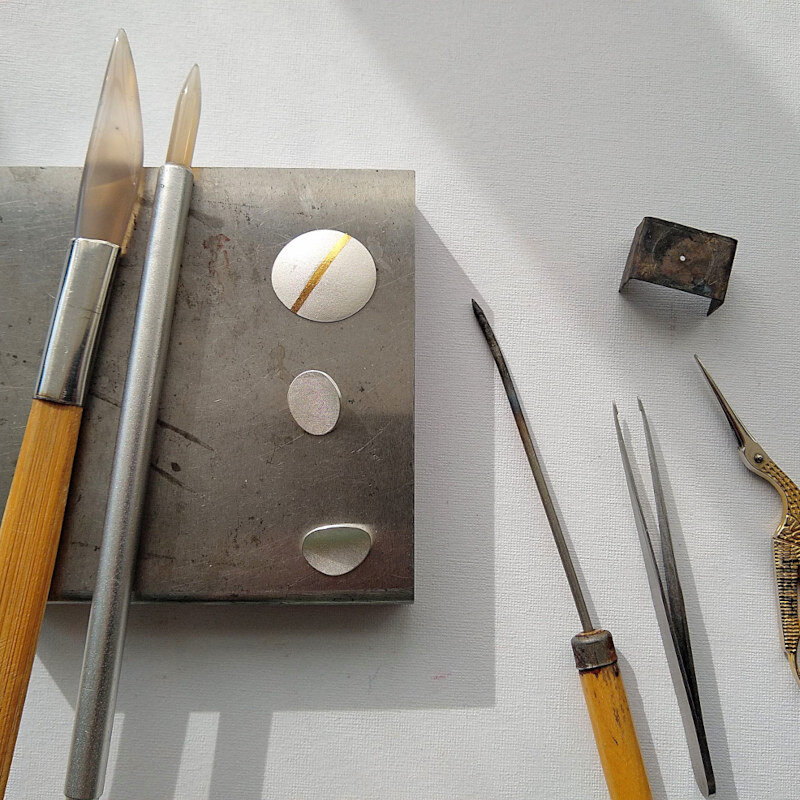
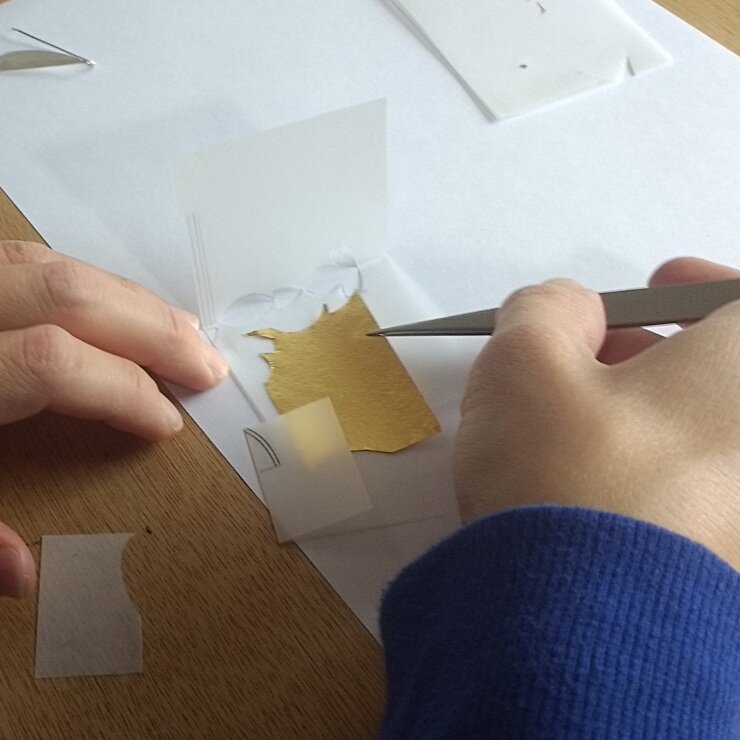

This is one of the main techniques used in Hendrike’s current work. Keum-Boo is an ancient Korean technique and literally translates as ‘attached gold’. The process involves the heat bonding of 24ct gold foil (13 microns thick) to silver. This is a very clean process that doesn’t involve any harsh chemicals. Working just with the purity of the metals involved, heat and pressure, a permanent bond is created between the silver and gold. Whilst the concept of the technique as such is relatively simple, the metal requires intensive preparation so that the heat-bonding of the gold foil and silver will actually work.
Hendrike favours this technique due to its environmentally friendly process, as it does not involve toxic chemicals. She also uses it as a substitute for gold-plating. Further allowing her to create gold patterns on silver backgrounds.
Kumihimo:
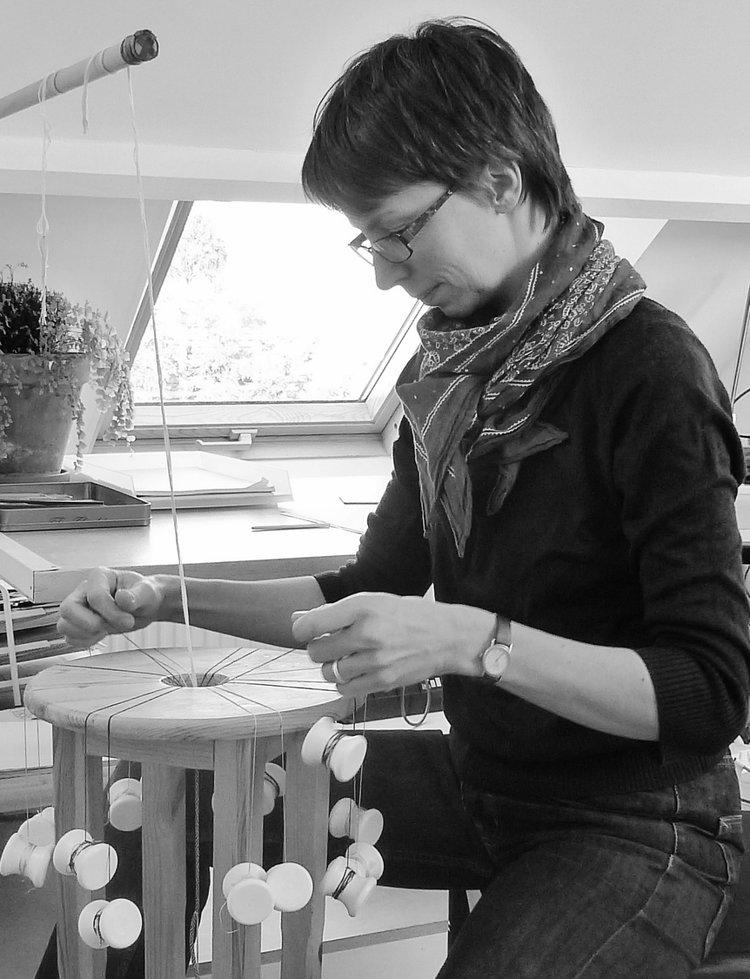
Kumihimo is an ancient Japanese silk braiding technique. This technique became a significant part of samurai armour, important in holding together the various elements of the outfit. Today it still forms an important part of the traditional Japanese attire. Where they are used as obijime, a cord worn to prevent the obi from slipping in traditional Kimono dress. Hendrike makes the braids in her studio on a traditional Marudai (braiding loom) and uses them in some of her pieces. When in the process of Kumihimo she will use between 16-24 tama (bobbins), onto which 6 silk threads are wound. Patterns are then created when the tama are moved around the Marudai. Many different patterns are possible. But a change in pattern requires attention and patience.
We hope this deeper look into the HDPE/Hope Collection has been insightful and inspiring. From material to creation, all aspects have been developed through Hendrike’s continued occupation with current environmental conditions. Ensuring that her beautiful jewellery is actively addressing and questioning the environmental impacts of creative processes.
We are proud to stock Hendrike Barz-Meltzer’s HDPE/ Hope Collection in store on online at GroundJewels. To explore and shop the collection in full please click here.
For Hendrike’s website please click here
